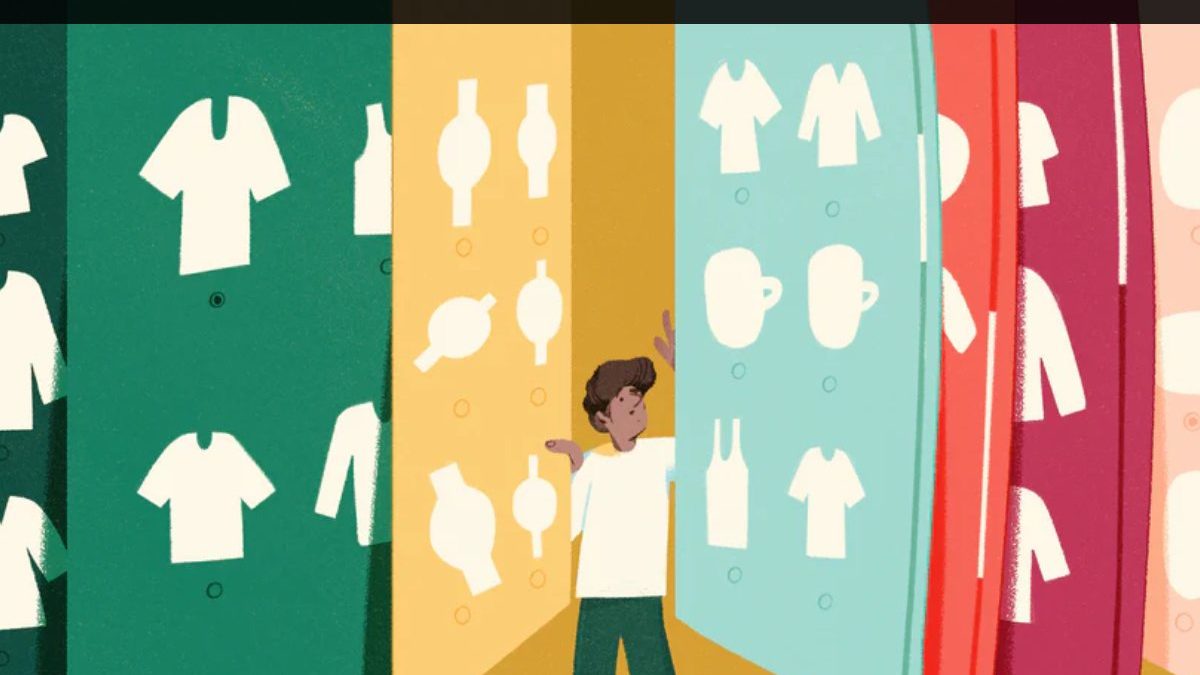Print on Demand (POD) is a printing technology and business process that enables single or short-run printing without printing copies of books (or other documents) until a company receives the order. While other industries have established build-to-order business models, “print-on-demand” could only develop after the advent of digital printing. This is because printing single copies using traditional printing techniques such as letterpress and offset was not economical.
Many traditional small printers either replace their existing printing equipment with POD equipment or outsource the printing to POD service providers. Many academic publishers, including university publishers, use POD services to maintain large backlists (lists of older releases). Some use POD for all their releases. Larger publishers may use PODs in particular situations, e.g. B. when reprinting old books that are out of Print or in test marketing.
Where does Print on Demand come from?
The technology of printing and customizing fabrics is nothing new. It has existed for centuries. Several examples of printing technology existed as early as 220 years ago. In the 12th century, Europe discovered the benefits of imprinting individual needs on the material.
Of course, as a solution for startups, print-on-demand is a much newer concept. Since the 1960s, printing solutions have been made available to the general public as new custom printing methods have become faster and cheaper.
Graphic designers or artists today have a variety of ways to add their designs to other products without spending a fortune on complex tools. For example, there are special machines for everything from screen printing to direct-to-garment printing and digital printing.
How does Print on Demand Work?
The print on demand industry is fast becoming one of the most reliable ways for creative professionals to start their businesses. But, you can design anything from your backpack or t-shirt shop without spending much money on special machines or professionals.
The print on demand industry is fast becoming one of the most reliable ways for creative professionals to start their businesses. And also, you can design anything from your backpack or t-shirt shop without spending much money on special machines or professionals.
Print on Demand Process :
The process of using a print-on-demand solution is usually straightforward. First, you must decide which products you are selling and which ones you want. For example, POD allows you to participate in online marketplaces like Redbubble. Here you can create POD products and list them with various other artists.
POD Product Design :
You may want to create your designs using your artistic skills, use existing POD vendors’ methods, or work with freelancers. Although, tons of designers can offer you affordable plans for your website that are made just for you.
Create Mockups :
By creating mockups, you can make various beautiful product images to show your target audience through your website or the marketplace you want to access. Although, like any online business, you have to promote your design yourself.
Price Selection :
In most cases, you must select a product price. It would help to consider the available profit margin depending on how much you have to pay to produce a new product with your printing service. When a POD company offers a variety of products, the price it pays for each product can vary.
Accept Customer Orders :
Customers should be able to order phone cases, hoodies, and other print-on-demand products on the site. If you have an integrated POD solution, But, these orders go straight to your print service provider for you to start processing. If you use a marketplace, your order will be forwarded to the printing partner assigned to that marketplace.
Pros and Cons of Print-on-Demand
Advantages:
- Create new products faster and increase your sales potential.
- Spend less time on order fulfilment and more time on product development.
- Reduced investment means less risk and more opportunities.
- No inventory issues to worry about
- Endless growth opportunities with additional products
- Access everything from models to suppliers online
- We are concentrating on what you do best and delegating the rest to others.
- Access the best printing technology to improve the quality of your items.
Disadvantages:
- Some limitations on customization as we do not manufacture the product ourselves
- Depending on your purchase, the cost per item may be higher.
- Reduced control over shipping
- Limited product types by POD vendor
Conclusion
In today’s fast-paced industry, Print on demand is one of the most acceptable options for creative individuals to establish their own e-commerce experience. But, with this method, you can outsource order fulfilment and delivery and focus on what you do best: producing fantastic items that captivate the hearts and minds of your target audience.
However, succeeding in the print-on-demand world means creating a reliable sales plan, deciding which niche to sell to, and even finding the suitable print-on-demand service to support you.
It takes time and planning, but if you’re willing to commit, you could have a valuable, profitable store with a lower total cost of ownership in no time.
Also Read: Naturally Beautiful Without Doing Makeup

